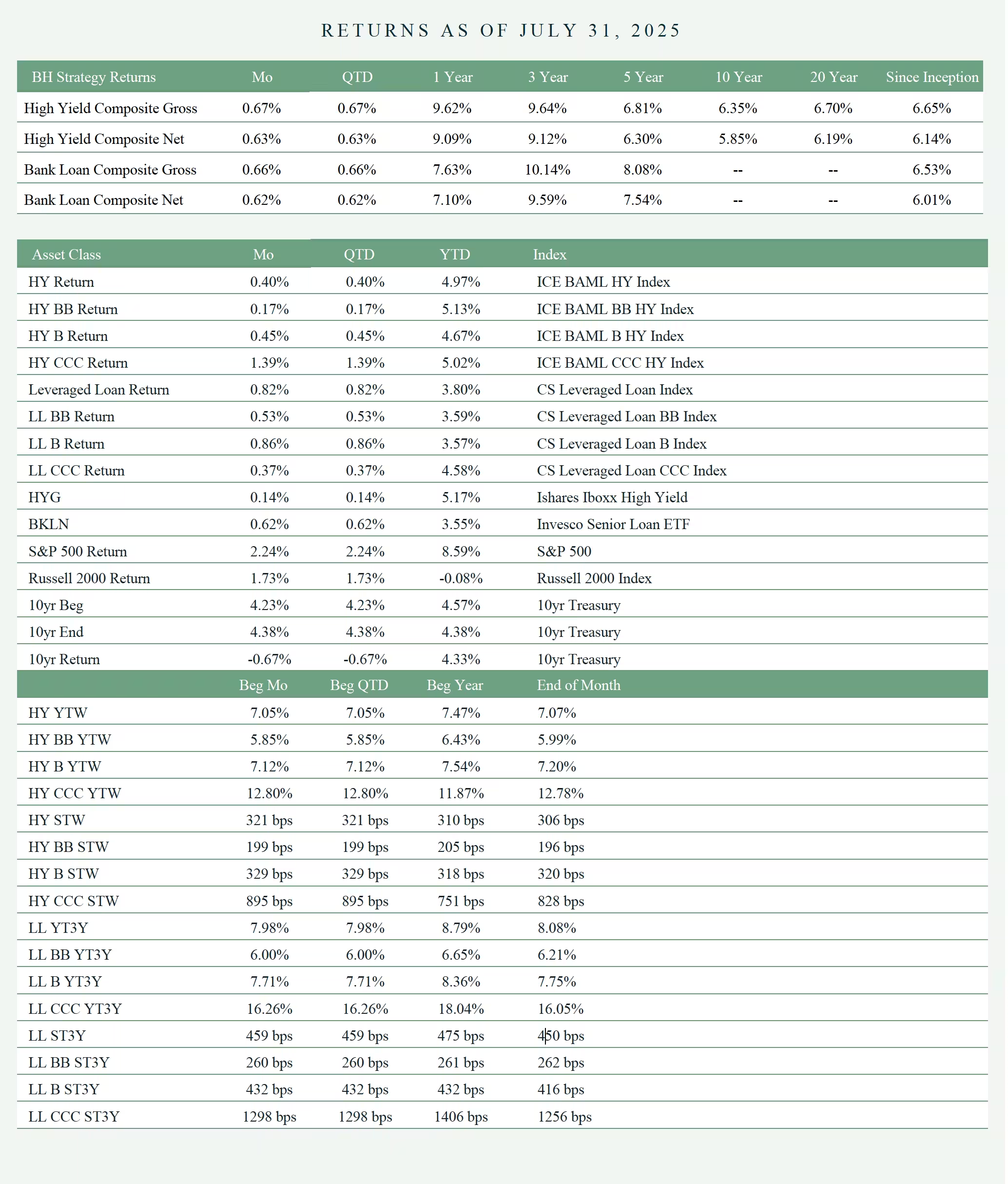
Please Select Your Location and Investor Type
.svg)
.svg)
For EU Professional Investors only:
This information and the terms of use are subject to change at any time without notice. The contents of this website are intended for residents and citizens of the European Union and should not be relied on by residents or citizens of other jurisdictions. By clicking the “Proceed” button above, you are agreeing to the Terms & Conditions of use.
Terms & Conditions
Please read the following terms and conditions of use carefully before using this website. By using this website, you acknowledge that you have read these terms and conditions of use, that you understand them and that you accept and agree to be bound by them. If you do not accept and agree to these terms and conditions of use, promptly exit this website. Perpetual Investment Services Europe Limited (“PISEL”), trading as Perpetual Group may, at any time and at its sole discretion, revise these terms and conditions without notice by updating this posting.
You agree that notice of changes to the terms and conditions that are posted on the website will be reasonable and sufficient notice. Your continued use of this website following reasonable notice of revisions will be conclusively deemed your acceptance of any changes to the terms and conditions. Therefore, you should periodically visit this page to review the current terms and conditions.
The contents of this website have been approved by PISEL, which is authorised and regulated by the Central Bank of Ireland. Perpetual Group is a trading name of PISEL.
The information on this website does not constitute an offer or solicitation and is provided for information purposes only and not as the basis for any contract for the purchase or sale of any investment product or instrument. The information on this website shall not be deemed to constitute advice and should not be relied on as such to enter into a transaction or for any investment decision. It is not the intention to make available the material on this website in any territories where to do so would be unlawful.
All investment products and services referenced in this website are managed and offered by either PISEL or its affiliates within the Perpetual Limited group of companies ("Perpetual Affiliates").
The value of an investment and the income from it can go down as well as up and investors may not get back the amount invested. This may be partly the result of exchange rate fluctuations in investments which have an exposure to foreign currencies. You should be aware that past performance is no guarantee of future performance.
Any tax relief mentioned is that currently available and is subject to change. The value of any tax advantage is dependent upon individual circumstances.
PISEL shall have no liability for damage arising out of the use of or reliance on the information provided including any loss of profit or any other damage, direct and consequential. If you are dissatisfied with this website, your exclusive remedy shall be to cease using this website.
Except as otherwise indicated, this website is intended for persons residing in the United Kingdom, and the information on this website is only for such persons. This website is not directed to any person in any jurisdiction where its publication or availability is prohibited.
The distribution of the information contained on this website may be restricted by law in certain jurisdictions and, accordingly, persons who access it are required to inform themselves of and comply with any such restrictions. Persons interested in acquiring any investment should inform themselves as to: (i) the legal requirements within the countries of their nationality, residence, ordinary residence or domicile for such acquisition; (ii) any foreign exchange control requirement which they might encounter on the acquisition or sale of investments; and (iii) the income tax and other tax consequences which might be relevant to the acquisition, holding or disposal of any investment.
This website gives wider circulation to certain documents and information that may also be available by other means. PISEL has used its best efforts to ensure that the information appearing on this site has been properly reproduced and is accurate, but cannot accept responsibility for errors, omissions or inaccuracies. Should there be any discrepancies between documents reproduced on this website and the originals, then the originals will prevail.
PISEL believes that the information on this website has come from reliable sources, but it cannot assure its completeness or suitability for any purpose. The information included on this website is published in good faith and no warranty express or implied is made by PISEL or the Perpetual Affiliates as to its accuracy. PISEL may make changes to the website pages at any time without notice.
The information contained within this website is current only as of the date of the most recent update, or if no update information has been provided, the date of issuance, users are strongly encouraged to check the dates of issuance and most recent updates of any information contained within this website. PISEL cannot guarantee that the material on this website has not been affected by technical malfunctions or unauthorized tampering. The materials on this website are subject to change without notice.
PISEL makes every effort to keep this website operational, however, certain technical difficulties may, from time to time, result in suspension of the website's operations. You acknowledge and agree that PISEL, the Perpetual Affiliates and all of their respective officers, directors, employees, shareholders, legal representatives, attorneys, agents, successors and assigns, shall not be liable for any harm resulting from a cause beyond its or their control including, but not limited to, the failure of electronic or mechanical equipment or communication lines, telephone or other connectivity problems, computer viruses or software failures, unauthorized access, theft, operator errors, severe weather, natural disasters, strikes or other labour problems, wars, acts of domestic or foreign terrorism or governmental restrictions.
All content on this website is protected by copyright and is owned or controlled by PISEL, the Perpetual Affiliates or the party credited as the provider of the content (if any). Any attempt by any person to damage this site or undermine its operation may be a violation of criminal or civil laws. PISEL reserves the right to seek remedy from any such person to the full extent of the law.
All rights not granted to you herein are expressly reserved by PISEL and the Perpetual Affiliates. Other than as expressly provided in these terms and conditions of use, your use of this website does not create a license or any other rights in trademarks, service marks, copyrights, patents, trade secrets or any other intellectual property or proprietary rights of PISEL or the Perpetual Affiliates. The content of this website is only for your personal, non-commercial use. You will abide by any and all additional copyright notices, information, or restrictions contained in any content on this website. You may download and make one copy of the content and other downloadable items displayed on this website for personal, non-commercial use only, provided that you maintain all copyright and other notices contained in such content or item. Copying or storing of any content for other than personal, non-commercial use is expressly prohibited without the prior written consent of PISEL or the copyright holder identified in the individual content's copyright notice. You may not use, publish, display, disclose, rent, lease, modify, loan, distribute, transmit, reuse or repost any of the contents on this website, or create derivative works based on the content, the website or any part thereof. Any unauthorized use of this website or the materials on this website will terminate the permission granted to you and may violate applicable laws, including copyright and trademark laws.
All trademarks and service marks on this website are property of PISEL and Perpetual Limited, except third-party trademarks and service marks, which are the property of their respective owners. The names of Perpetual Affiliates and their funds and products, as well as any related graphics, logos and service names may be trademarks, service marks or trade dress of the respective Perpetual Affiliates. The trademarks, service marks and trade dress of Perpetual and Perpetual Affiliates may not be used in connection with any product or service not owned or explicitly sanctioned by their respective owners, in any manner that is likely to cause confusion among customers, or in any manner that disparages or discredits Perpetual or Perpetual Affiliates.
This website contains links to other websites. When you link to other websites you should read their own privacy notices. These links do not constitute any endorsement, sponsorship or approval of the materials appearing in such websites. In accessing these websites, you may be proceeding to the website of an organisation that is not regulated. PISEL has not examined such websites and does not take any responsibility for the contents of such sites or for their services.
Links to third-party, including Perpetual Affiliates, websites through hyperlinks are provided by PISEL as a convenience. PISEL does not control these sites and is not responsible for the content, update or accuracy of these sites. PISEL does not endorse or make any representations about the companies, products, or materials accessible through these hyperlinks, or the security of such websites. If you opt to hyperlink to other websites accessible through this website, you do so entirely at your own risk. Further, no representation or warranty is provided for any software that you may download from a link from this website. PISEL reserves the right to terminate or disable any hyperlinks at any time. You acknowledge and agree that any content or software downloaded or otherwise obtained from PISEL and the Perpetual Affiliates is done at your own risk and that you will be solely responsible for any damages whatsoever arising from the download or other acquisition of such content or software. PISEL and Perpetual Affiliates will not be responsible if any software or content infects or contaminates a user's system or information.
PISEL takes your privacy seriously. The Privacy Notice contains further information on what personal data PISEL collects, what it does with that information, and what rights you have. We keep our Privacy Notice under review and will place any updates on this web page. If you have any questions or comments, please contact Ireland-dataprotection@johcm.com.
©2024 Perpetual Investment Services Europe Limited. All rights reserved.
For UK Professional Investors only:
This information and the terms of use are subject to change at any time without notice. The contents of this website are intended for residents and citizens of the United Kingdom and should not be relied on by residents or citizens of other jurisdictions. By clicking the “Proceed” button above, you are agreeing to the Terms & Conditions of use.
Important Information
Please read this information carefully as it governs your use of this website. If you use this website then you will be agreeing to the terms of use that appear below. This information and the terms of use are subject to change at any time without notice.
The contents of this website are issued and approved in the UK by J O Hambro Capital Management Limited (“JOHCML”) which is authorised and regulated by the Financial Conduct Authority. Registered office: Level 3, 1 St James’s Market, London SW1Y 4AH. Issued in the European Union by Perpetual Investment Services Europe Limited (“PISEL”) which is authorised by the Central Bank of Ireland. Registered office: 24 Fitzwilliam Place, Dublin 2, Ireland D02 T296. References to “JOHCM” below are to either JOHCML or PISEL as the context requires.
This website provides information about JOHCM investment products and ideas aimed at institutional investors only. If you are in any doubt about any of the information on this website, please consult your financial adviser. The value of an investment and the income from it can go down as well as up and investors may not get back the amount invested. This may be partly the result of exchange rate fluctuations in investments which have an exposure to foreign currencies. You should be aware that past performance is no guarantee of future performance.
Specific risks associated with particular investments are detailed on this website and in our printed literature. Please ensure that clients are shown a copy of the relevant Prospectus and Key Investor Information Document (KIID) before investing. Prospectuses, KIIDs and application forms are available to download from the Literature section of this website.
Any tax relief mentioned is that currently available and is subject to change. The value of any tax advantage is dependent upon individual circumstances.
JOHCM shall have no liability (save for any liability JOHCM may have under the Financial Services and Markets Act 2000, any equivalent legislation in any other jurisdiction or any replacement regulation if legislation permits such a statement to be made) for damage arising out of the use of or reliance on the information provided including any loss of profit or any other damage, direct and consequential.
Other JOHCM affiliates comprise of the following five incorporated entities:
- J O Hambro Capital Management Limited (Registered No. 2176004) is authorised and regulated by the Financial Conduct Authority.
- JOHCM Funds (UK) Limited (Registered No. 11325227 ) is authorised and regulated by the Financial Conduct Authority.
- Perpetual Investment Services Europe Limited (Registered No.629023) is authorised by the Central Bank of Ireland.
- JOHCM (Singapore) Pte Limited (Registered No. 2006-11295M) is registered in the Republic of Singapore.
- JOHCM (USA) Inc. is registered in the state of Delaware, United States of America.
J O Hambro® and JOHCM® are registered trademarks of JOHCML.
The distribution of the information contained on this website may be restricted by law in certain jurisdictions and, accordingly, persons who access it are required to inform themselves of and comply with any such restrictions. Persons interested in acquiring any investment should inform themselves as to: (i) the legal requirements within the countries of their nationality, residence, ordinary residence or domicile for such acquisition; (ii) any foreign exchange control requirement which they might encounter on the acquisition or sale of investments; and (iii) the income tax and other tax consequences which might be relevant to the acquisition, holding or disposal of any investment.
This website gives wider circulation to certain documents and information that may also be available by other means. JOHCM has used its best efforts to ensure that the information appearing on this site has been properly reproduced and is accurate, but cannot accept responsibility for errors, omissions or inaccuracies. Should there be any discrepancies between documents reproduced on this website and the originals, then the originals will prevail.
Terms of use
The information on this website does not constitute an offer or solicitation and is provided for information purposes only and not as the basis for any contract for the purchase or sale of any investment product or instrument. The information on this website shall not be deemed to constitute advice and should not be relied on as such to enter into a transaction or for any investment decision. It is not the intention to make available the material on this website in any territories where to do so would be unlawful.
The Privacy Statement applies to this website only. We keep our Privacy Statement under review and will place any updates on this web page. Our website contains links to other websites. When you link to other websites you should read their own privacy notices. These links do not constitute any endorsement, sponsorship or approval of the materials appearing in such websites. In accessing these websites you may be proceeding to the website of an organisation that is not regulated under the Financial Services and Markets Act 2000. JOHCM has not examined such websites and does not take any responsibility for the contents of such sites or for their services.
The information included on this website is published in good faith and, whilst JOHCM has taken all reasonable steps to ensure its accuracy, no warranty express or implied is made by JOHCM or its affiliates as to its accuracy.
JOHCM may make changes to the website pages at any time without notice. JOHCM makes every effort to keep this website operational, however, certain technical difficulties may, from time to time, result in suspension of the website's operations. JOHCM does not accept liability arising from failure of the website to remain operational.
Nothing in this clause attempts to exclude any liability JOHCM may have under the UK Financial Services and Markets Act 2000.
Privacy Policy
JOHCM takes your privacy seriously. The JOHCM Privacy Statement found on our website contains further information on what personal data JOHCM collects, what it does with that information, and what rights you have. If you have any questions or comments, please contact EUKA-dataprotection@perpetual.com.
Ownership
This website and each of its components and the pages are the property of JOHCM. Any attempt by any person to damage this site or undermine its operation may be a violation of criminal or civil laws. JOHCM reserves the right to seek remedy from any such person to the full extent of the law.
©2024 J O Hambro Capital Management Limited. All rights reserved.
This website uses cookies to remember your preferences and help us improve the site. By proceeding, you agree to cookies being placed on your computer. Read our privacy and cookie notices.
© Barrow, Hanley, Mewhinney & Strauss, LLC. All Rights Reserved.















